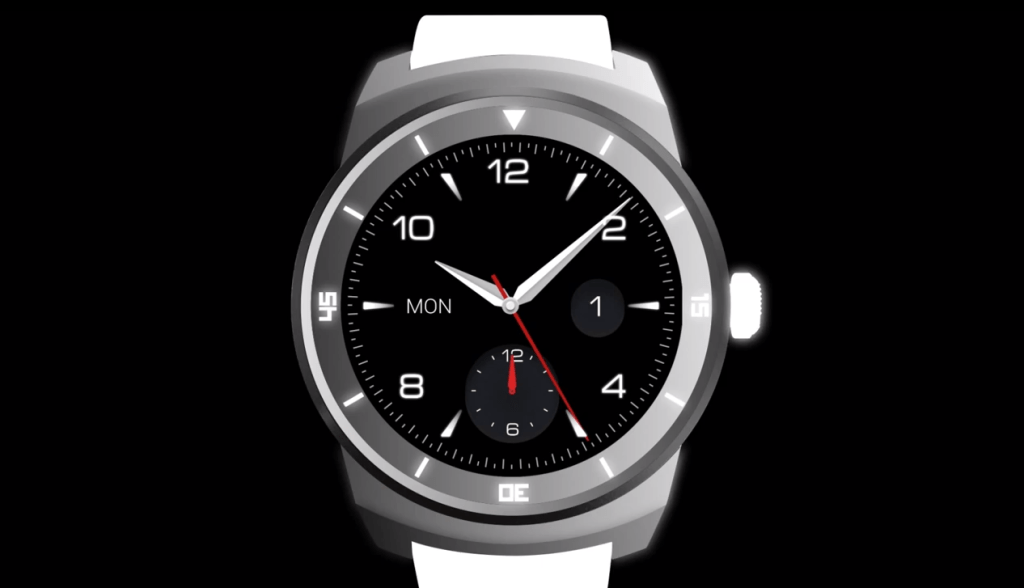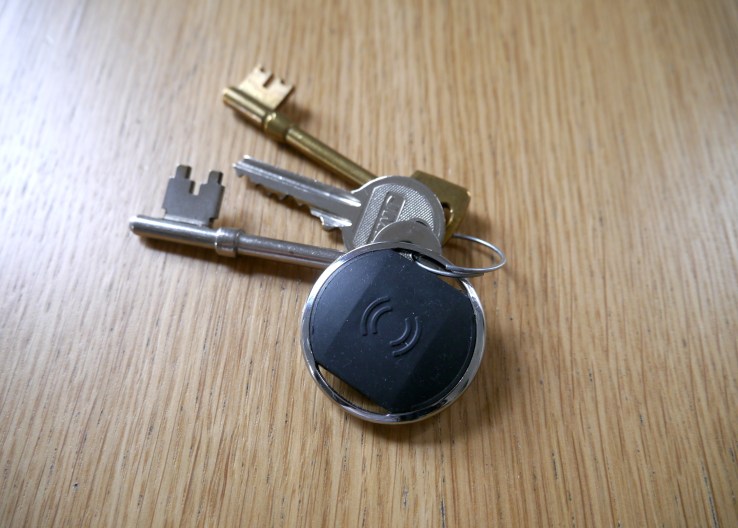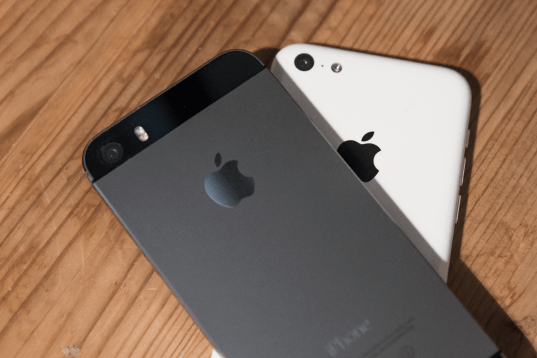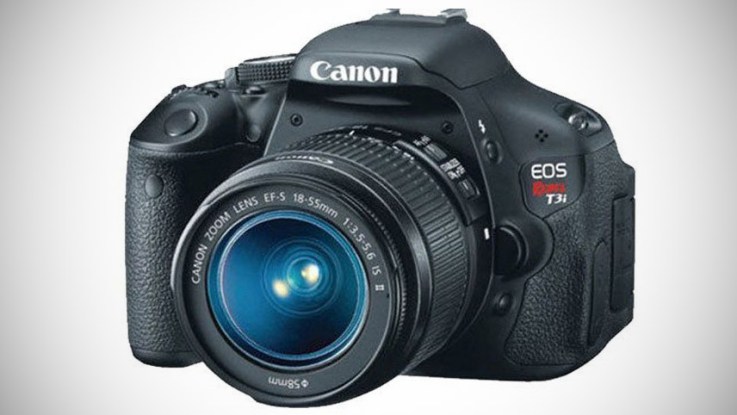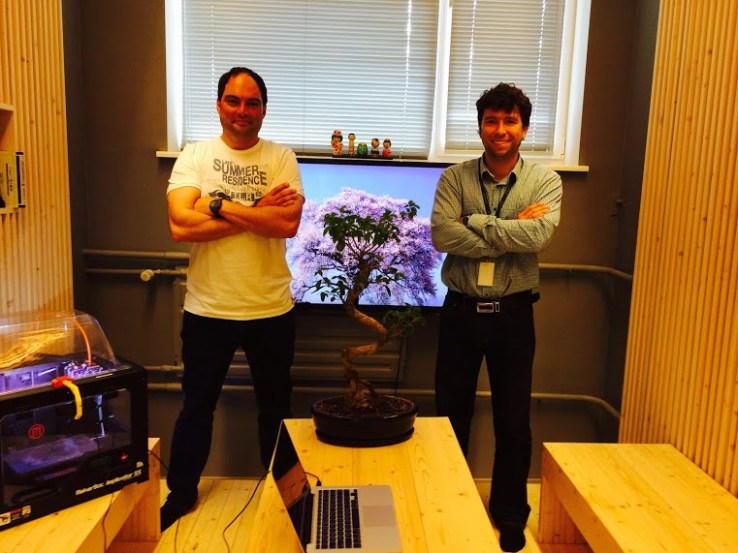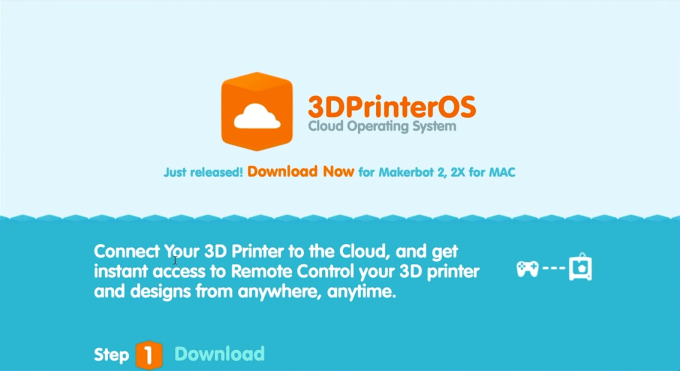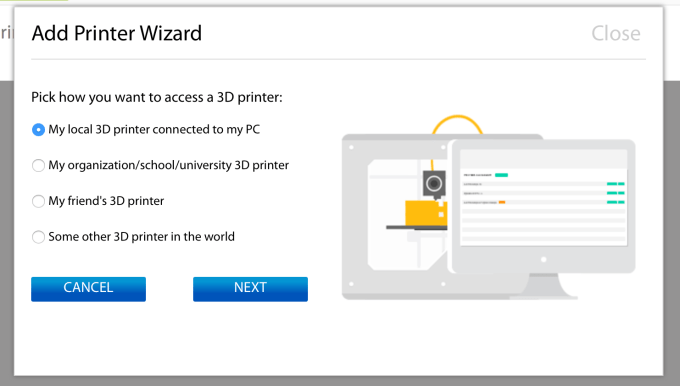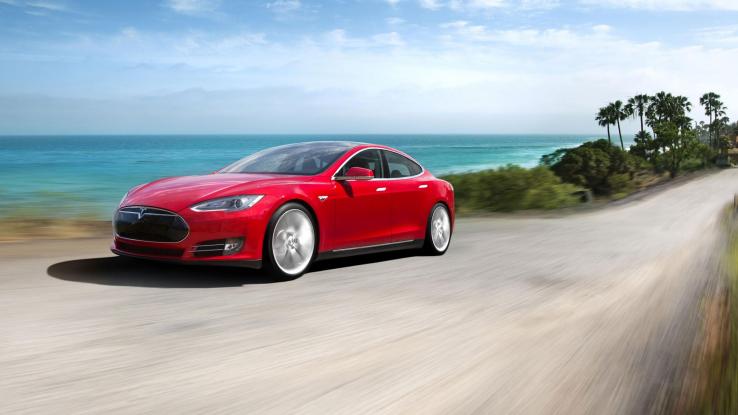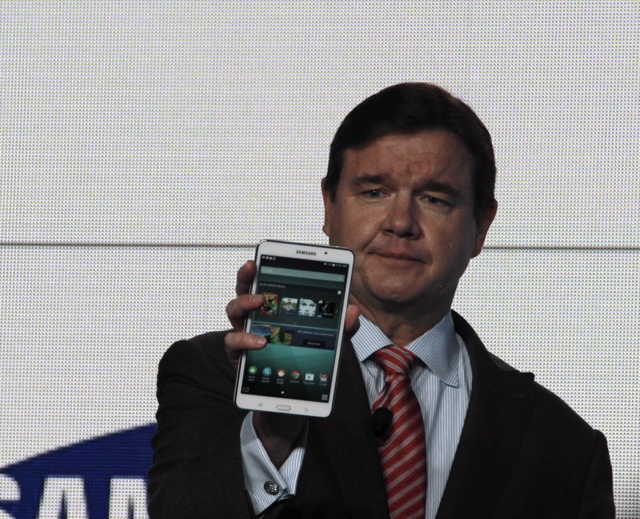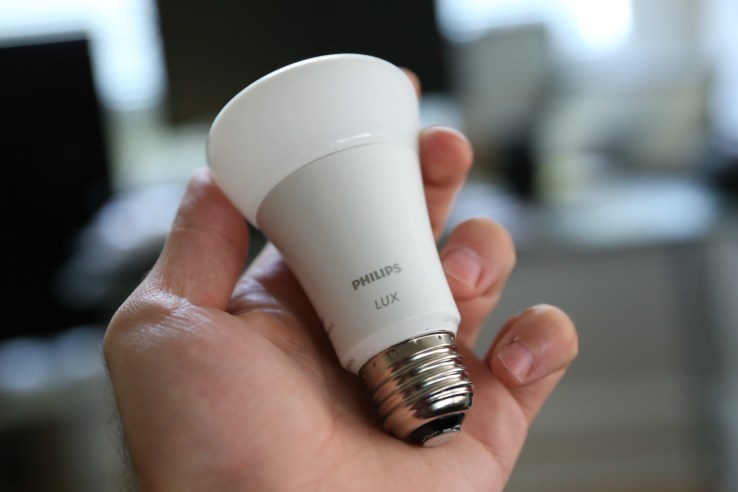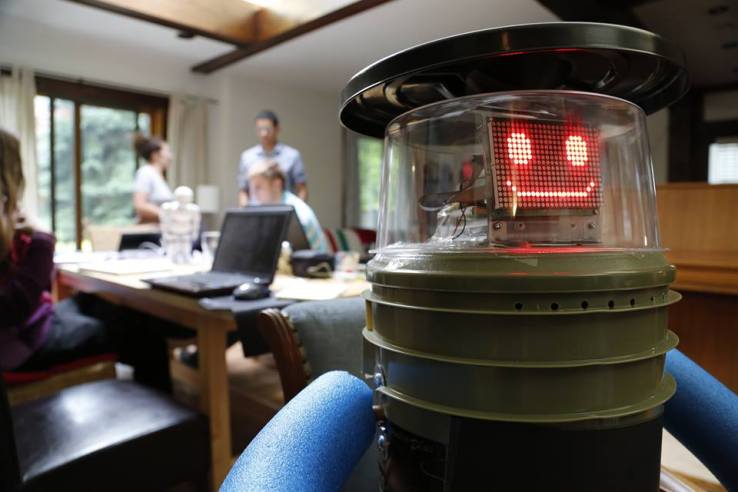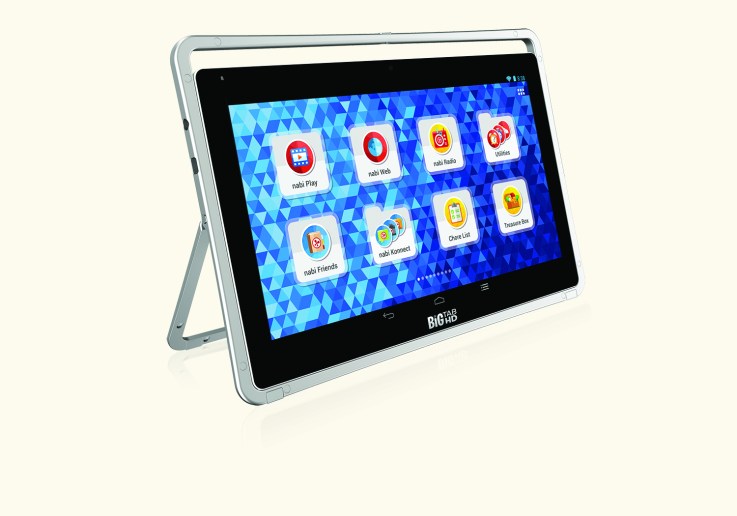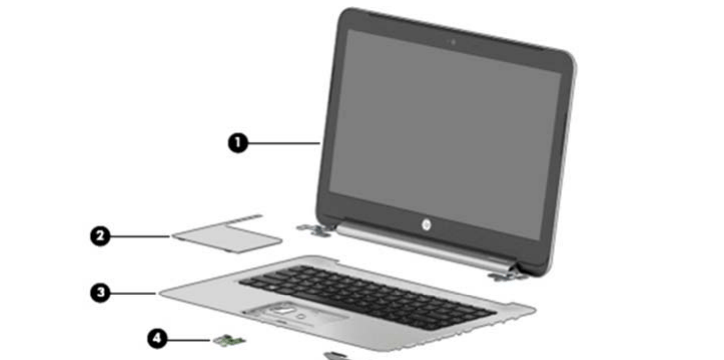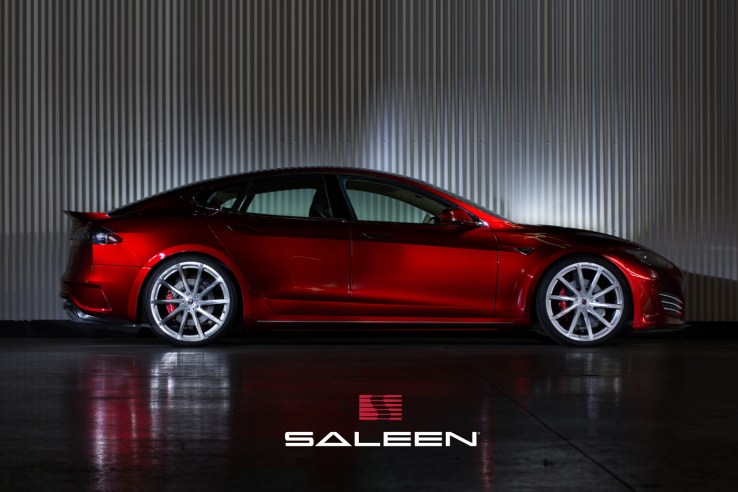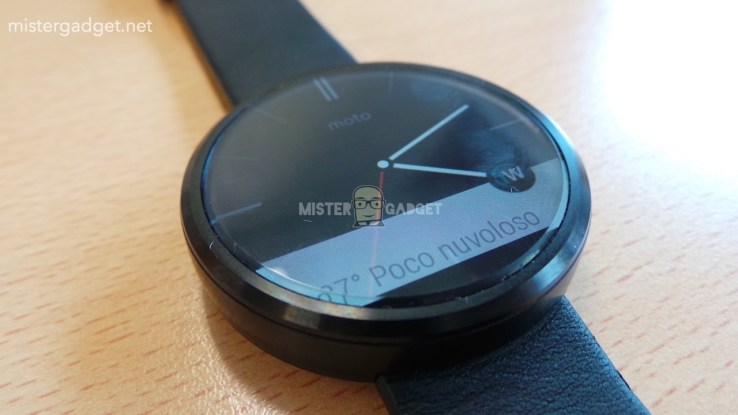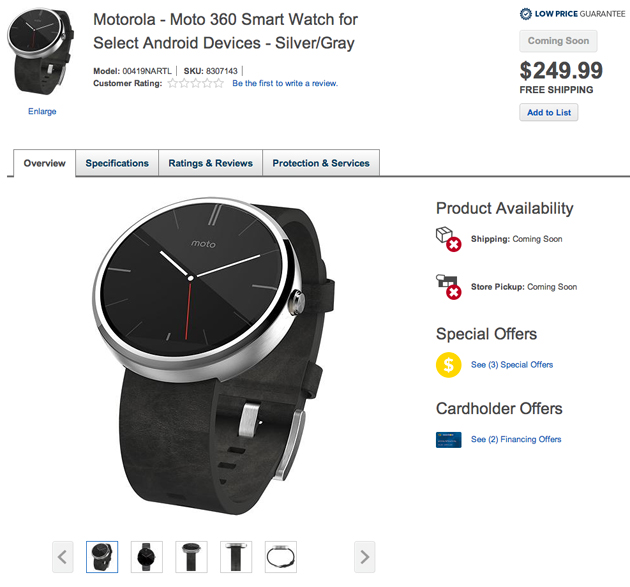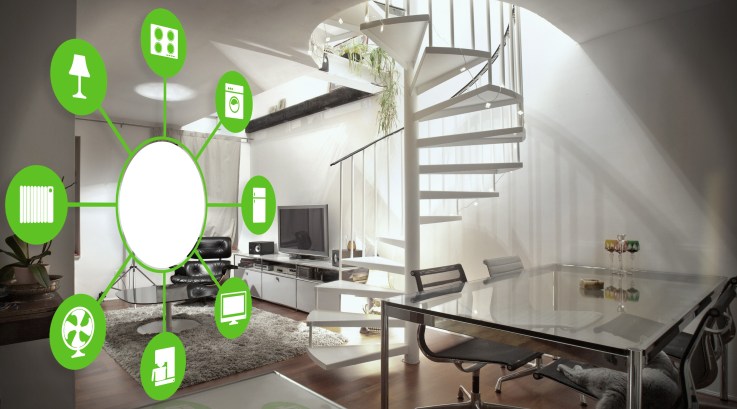
Editor’s note: David Hirsch is co-founder and partner of Metamorphic Ventures, an early-stage venture capital firm headquarterd in New York City. Prior to Metamorphic, he spent eight years at Google where he was on the founding team that launched Google’s advertising monetization strategy and execution.
There has been a lot of talk in the venture capital industry about automating the home and leveraging Internet-enabled devices for various functions. The first wave of this was the use of the smartphone as a remote control to manage, for instance, a thermostat. The thermostat then begins to recognize user habits and adapt to them, helping consumers save money.
A lot of people took notice of this first-generation automation capability when Google bought Nest for a whopping $3.2 billion. But this purchase was never about Nest; rather, it was Google’s foray into the next phase of the Internet of Things.
The ability to control the temperature using Nest or to open your garage door using your smartphone falls under first-order IoT applications. The next phase will be two-fold. It will be about connecting Internet-enabled devices in the home, as well as leveraging data to improve people’s lives and the efficiency of their businesses.
Google is already headed in this direction through Nest’s acquisition of Dropcam. Dropcam provides Wi-Fi-connected web cameras, trackers, and cloud-based storage. Having both Nest and Dropcam allows Google to own a whole host of data about your daily habits and adds another piece of hardware in the home that can communicate with Android devices.
Using Nest and Dropcam, consumers can begin to track movements and know who is in the home at all times. Google has this data, as well. If you think about it, Google has so much data already about people, but what they didn’t have was the human data of where they are at any given moment, their habits, etc. This is the missing piece to Google’s puzzle, especially around Google Now where context is everything.
Playing in the Space
We’re actively investing in the IoT space at Metamorphic. An investment we’re just closing, Weaved, provides services, APIs and infrastructure to build on the Internet of Things. Samsung recently acquired SmartThings, which provides kits to add sensors to existing items in the home and control them via your smartphone. SmartThings is an open platform, but the ecosystem needs better infrastructure to allow developers to build connectivity on devices that speak to each other.
The company we invested in helps to provide this by offering services to IoT device makers that allow them to better speak to each other and leverage the different strengths. To date, most of the Internet of Things has been built on disparate wireless protocols and companies. They live inside of their own ecosystem, but there isn’t a unifying language that allows them to speak to each other and work seamlessly together. This is a large hurdle that this category faces moving forward.
We also recently invested in a company that we haven’t announced yet that is building smart devices for restaurants and bars. In this scenario, it’s the data that is most important: not being alerted when a restaurant or bar is running low on inventory but rather allowing owners to easily reorder, make predictions around demand and improve the overall margins of the business.
This type of machine-to-machine technology is extremely powerful for the industry at large due to the ability to bring down long-term costs by reducing equipment and wasted inventory. If a bar owner knows that a certain liquor has a trend of being consumed less during certain times of the year or is losing popularity, they can be alerted in real time rather than suffering loss on the balance sheet.
This begins to influence wearables, as well. Companies like Sproutling are leveraging Internet-enabled devices to compile and use actionable data, which allows the company to do all sorts of things current baby monitors can’t: measure heart rate, temperature of the room and ambient heart rate, as well as tell you if the baby is awake or asleep or if it’s facing up or down, etc.
Eventually, though, they compile data about the baby that can predict how long the baby will be asleep for, when the baby will sleep more soundly (temperature, timing, etc.) and more. This type of data is valuable not only for the industry but for the actual parents who can start to plan their own sleep schedules around how long and when the baby will sleep.
Another good example of this is Canary, which provides seamless home security, detecting when an intruder is in your house. Canary has several sensors, including a video camera, a humidity monitor, a siren and an air-quality sensor. Over time Canary learns your habits and knows when you’re typically coming home, which visitors should be in your house, when you’re not there, etc. This allows for far fewer mistakes in tripping up the alarm and having the police department come to your house in non-emergency situations.
The Human in Act II
As more Internet-enabled devices come online, communicate with each other, and compile more and more comprehensive data sets, our world will become more efficient, safe, and personalized. I’ve spoken about the Human API before. It is a thesis about where the world is going — where your preferences, needs and interests will all be delivered to you in all forms of nutrition, media, content and health.
The next wave in the Internet of Things is a huge step in that direction, as devices begin to communicate and play off one another and more and more data is leveraged to make actionable insights, predictions and decisions. Search and discovery has been about text, but the Human API encompasses other information like human data. Examples of this would be, “Is my produce low or are we managing energy effectively?” The Internet of Things offers a new way to index information beyond text, where text is less effective (voice will be important here, as well).
There will also be an explosion of apps that will emerge and eventually define the growth of the Internet of Things. Just like Snapchat and Instagram redefined the camera on the smartphone, as all devices get smart and connected, they will become a platform onto themselves that will spawn new apps and services in which there will be “vertical solutions” built on “horizontal platforms” — just as it did with the PC (wintel) and with mobile (iOS/Android/ARM).
Stephen Liguori, formerly the executive director of global innovation and new models at GE, predicts there will be 50 billion industrial devices online in the next 10 years. I think this is coming sooner than that.
We went from desktop to mobile, which is so much more than the phone in your pocket and tablet by your nightstand. Mobile is everything and includes all of the devices we interact with on a daily basis. These devices will become connected both to the Internet and to each other. The Internet of Things is finally here and I for one couldn’t be more excited.
IMAGE BY Shutterstock USER Alexander Kirch (IMAGE HAS BEEN MODIFIED)

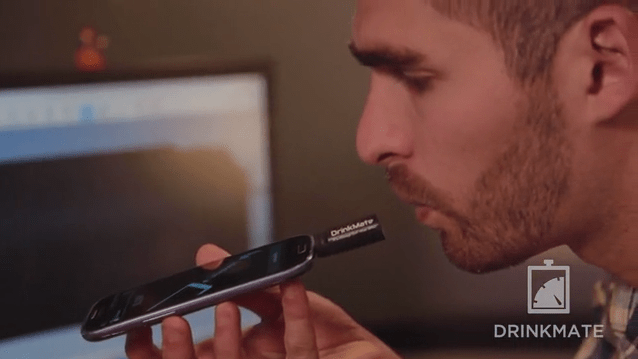
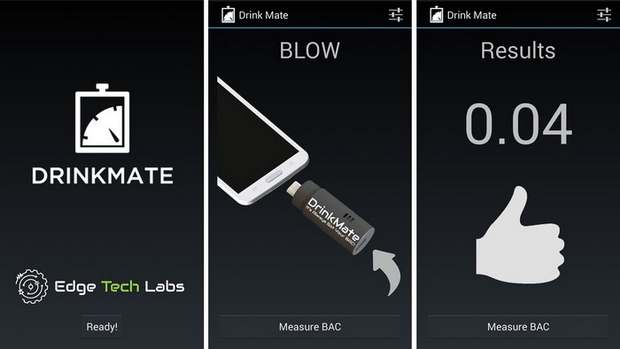
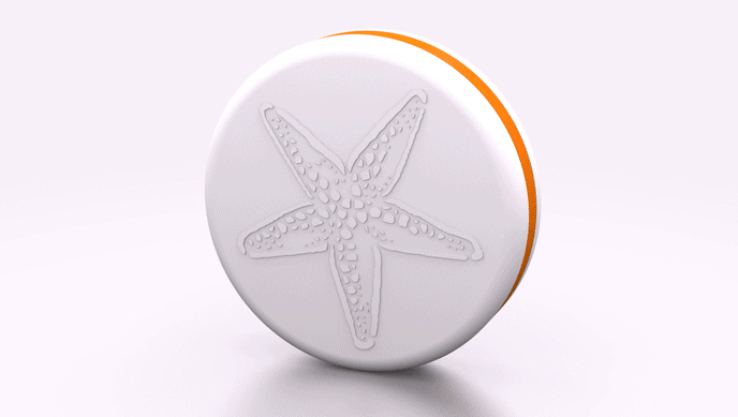

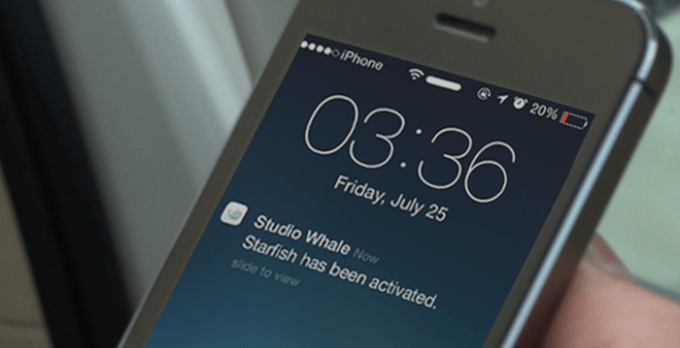
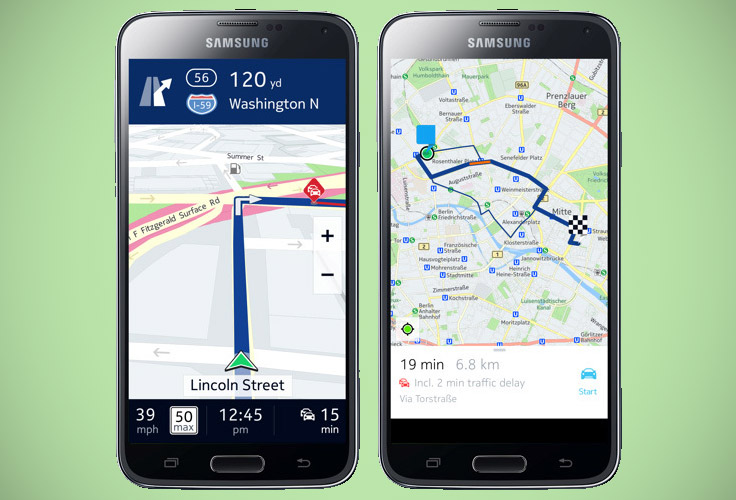
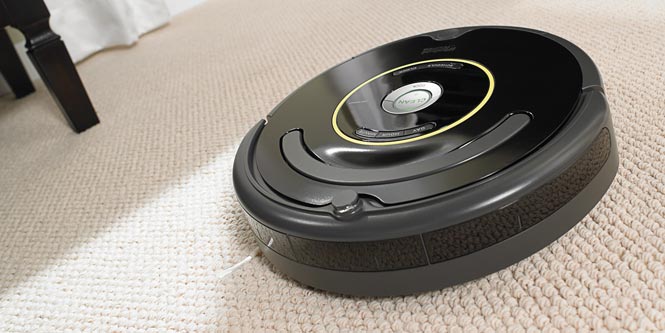
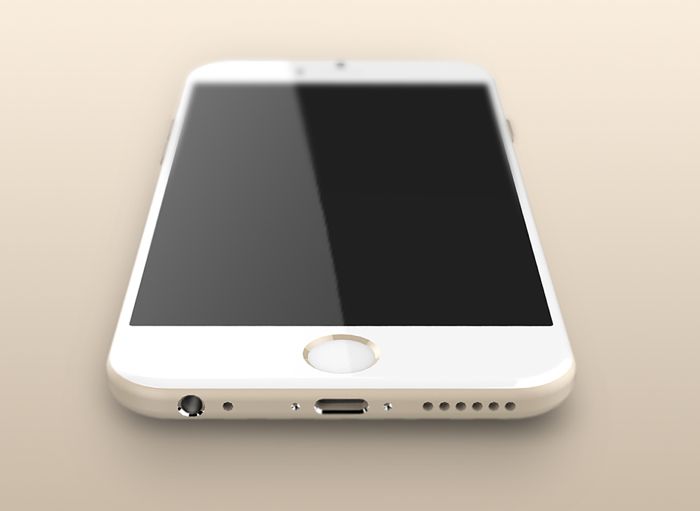
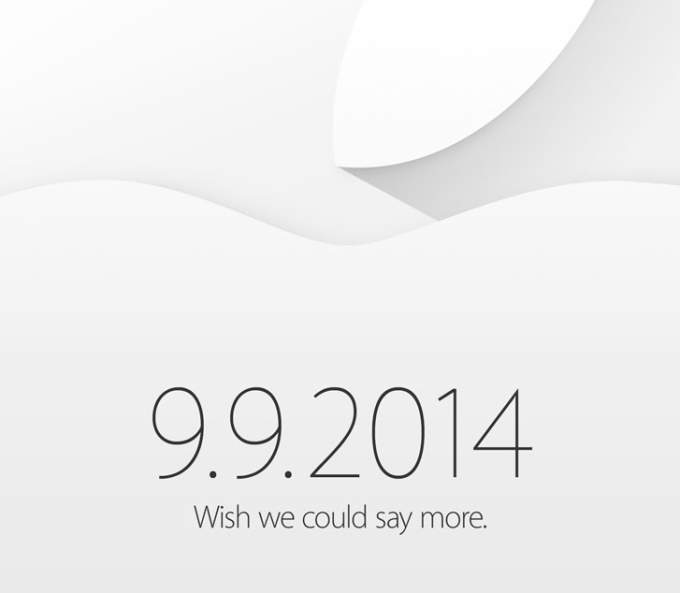 This event is a bit atypical for Apple in that it’s being held neither on Apple’s Cupertino campus nor the Yerba Buena Center for the Arts in San Francisco. Instead, it’s being held at the Flint Center for the Performing Arts in Cupertino. Our guess is that this has something to do with capacity — Apple’s auditorium is very small and if Apple sees this as a high profile release — there are rumors of a wearable, too — then it could want more bodies in the seats.
This event is a bit atypical for Apple in that it’s being held neither on Apple’s Cupertino campus nor the Yerba Buena Center for the Arts in San Francisco. Instead, it’s being held at the Flint Center for the Performing Arts in Cupertino. Our guess is that this has something to do with capacity — Apple’s auditorium is very small and if Apple sees this as a high profile release — there are rumors of a wearable, too — then it could want more bodies in the seats.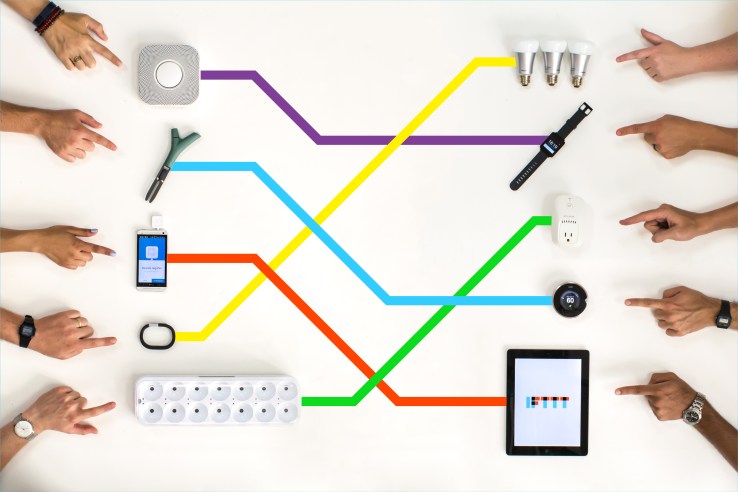


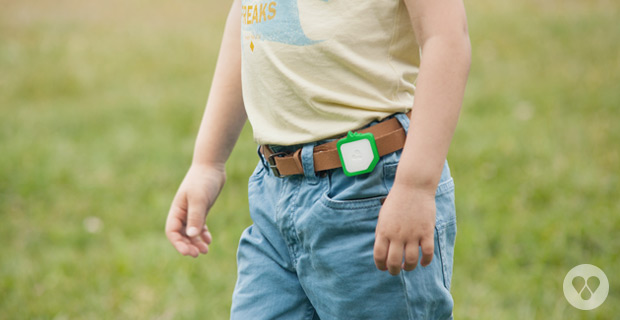
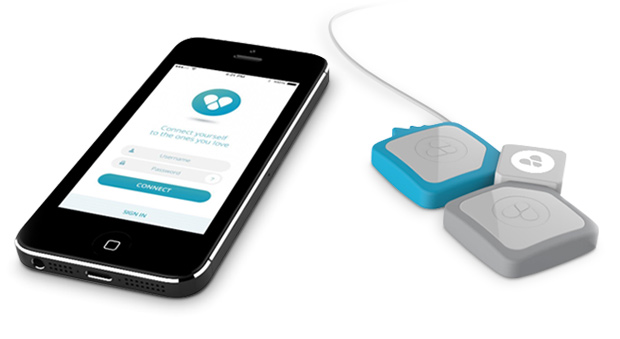
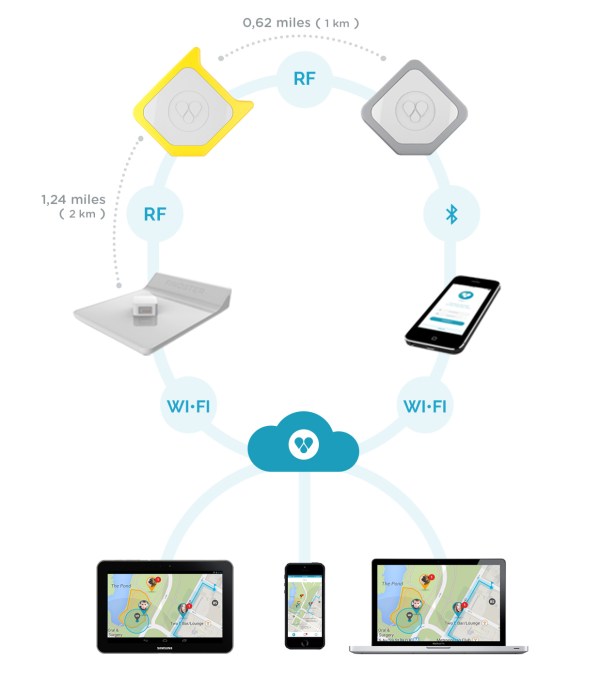
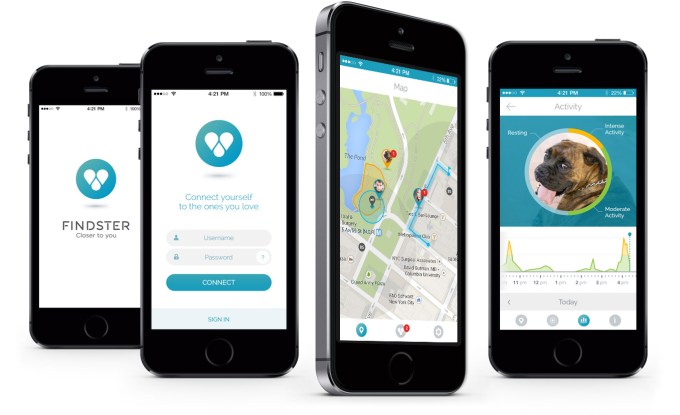
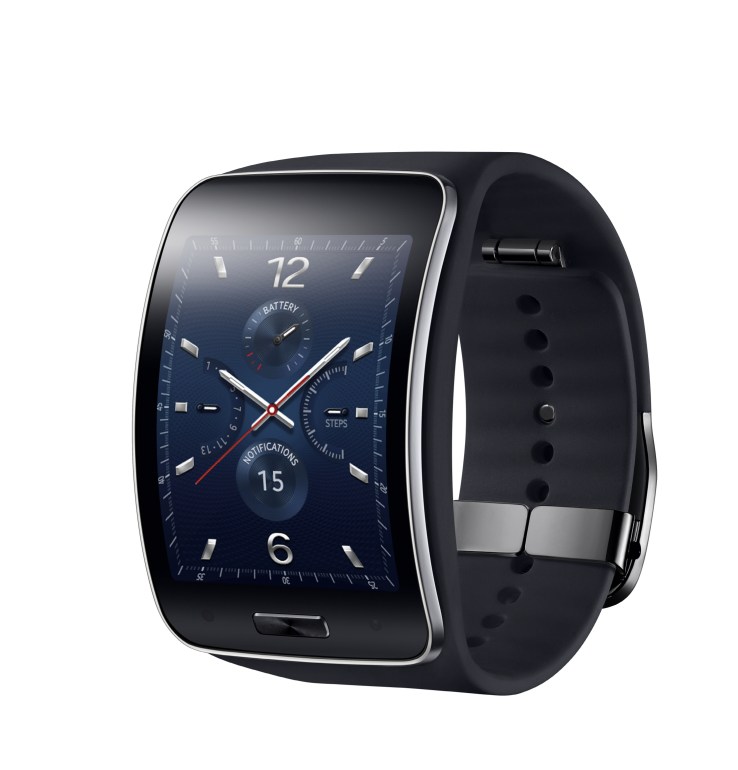
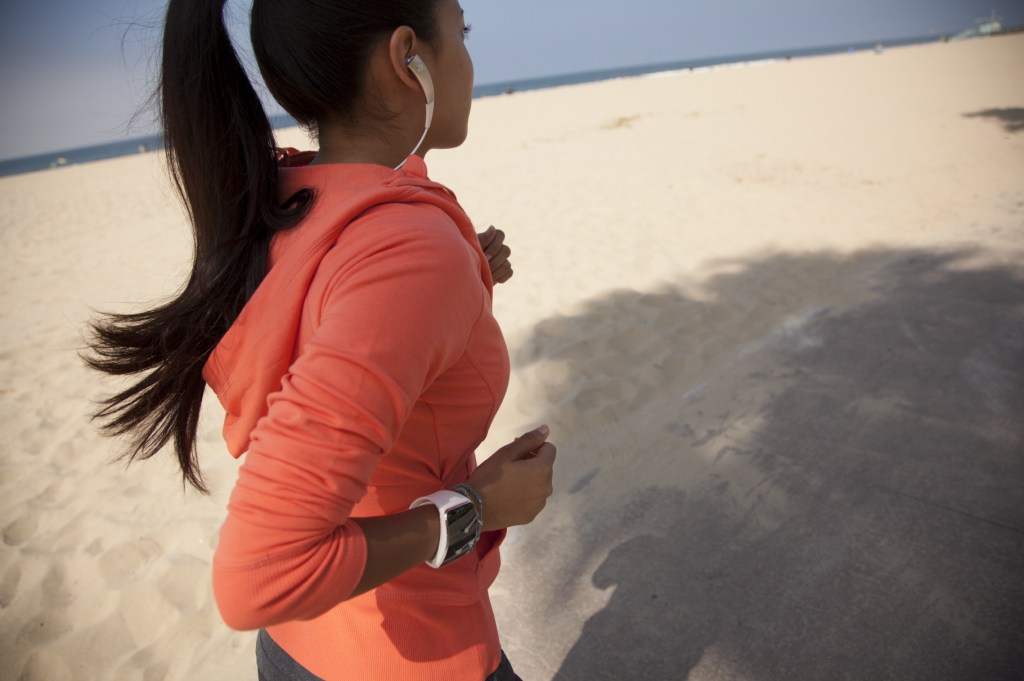

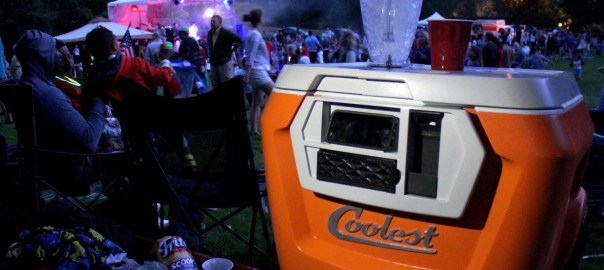
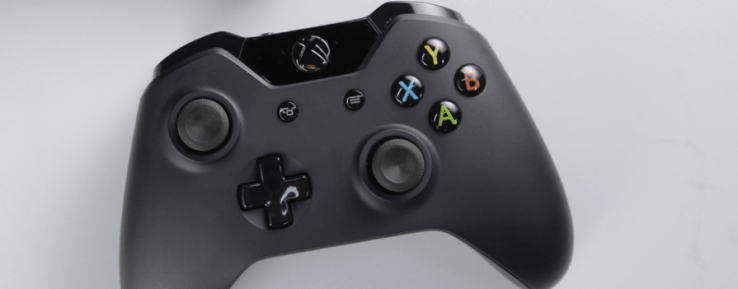
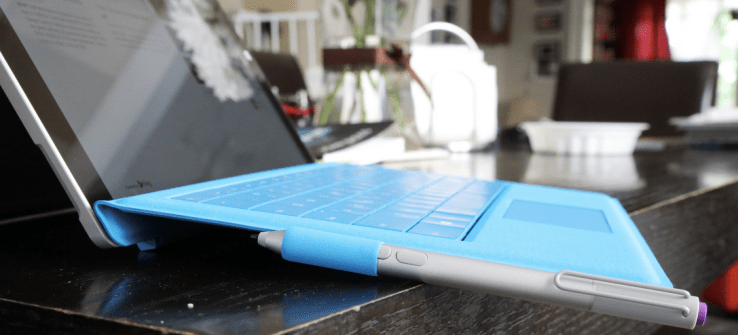
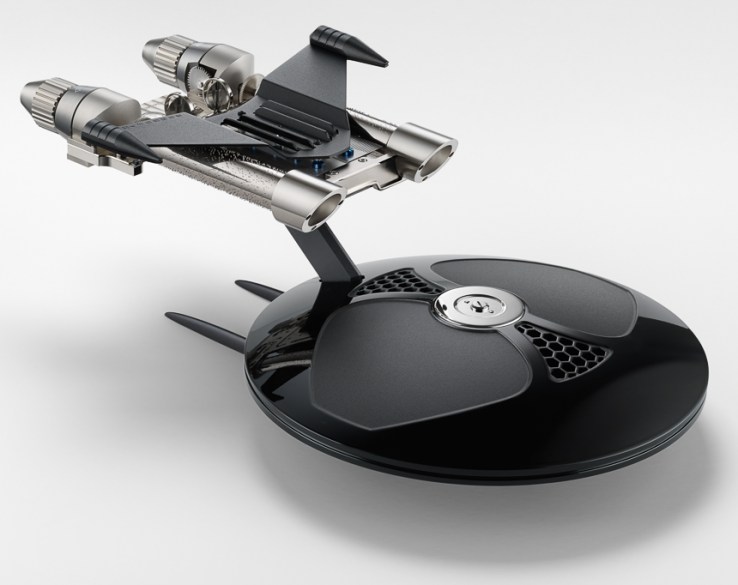
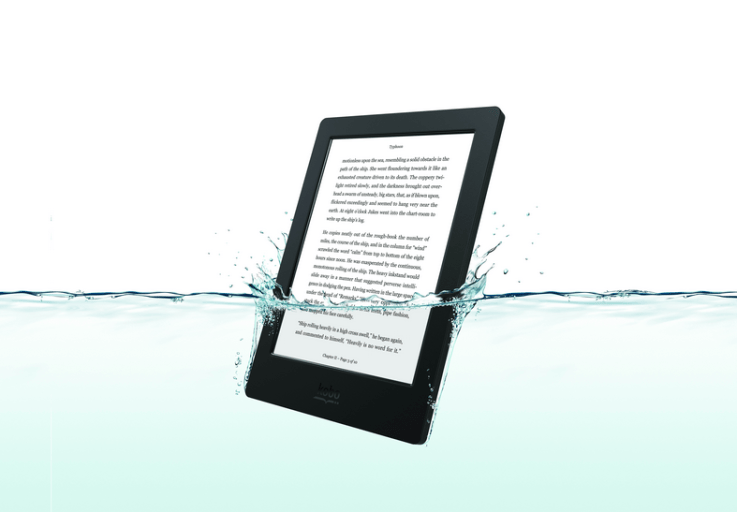
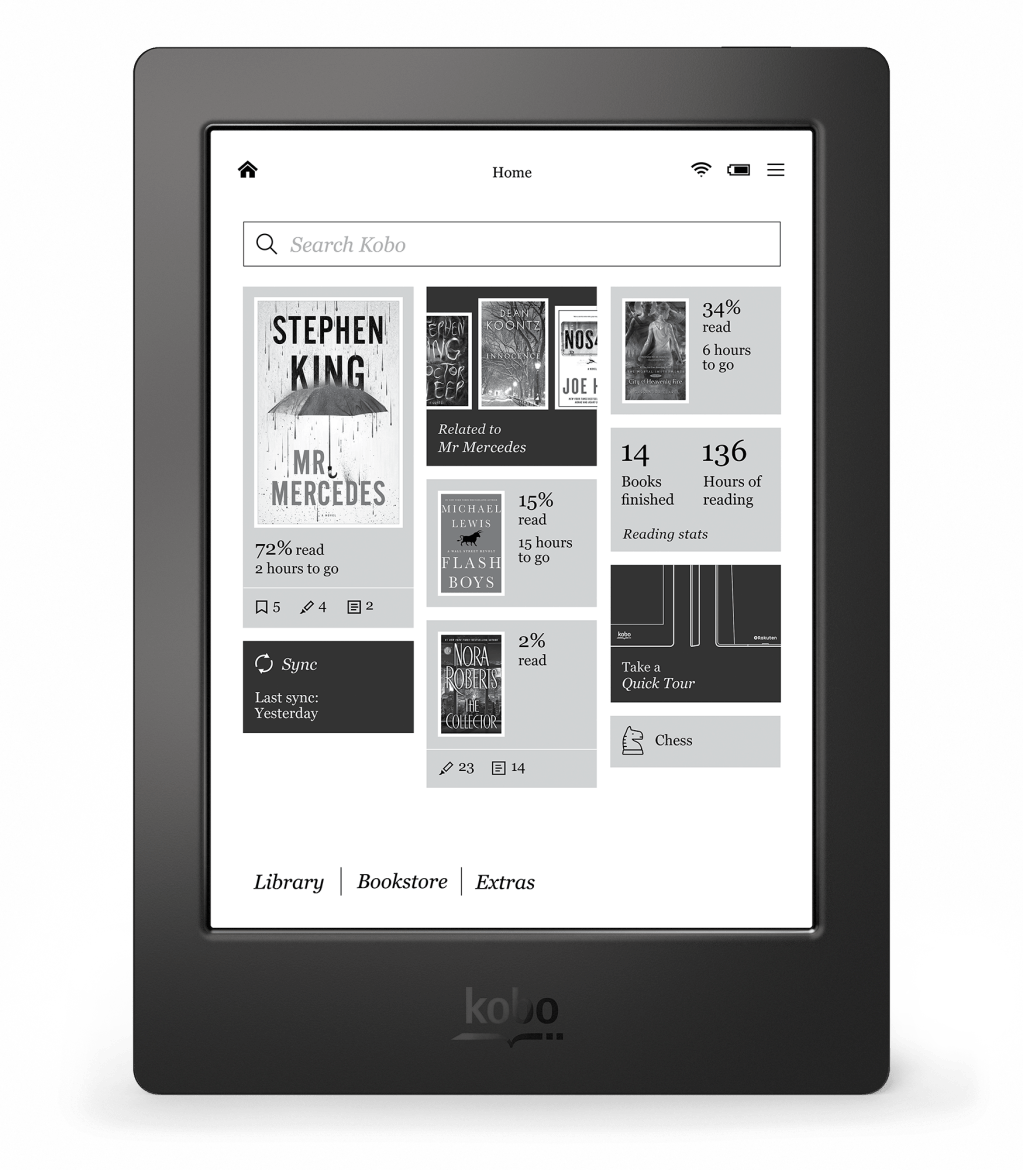 Kobo’s e-reader has the same water/dust resistance rating as Samsung’s Galaxy S5, meaning it’s also submersible in up to 1 meter of water for up to 30 minutes, provided the USB port cover is closed. The protection used on the Aura H20 is designed to help if you accidentally spill or drop it into shallow water, not for prolonged undercover use. Which means it still isn’t quite as cool as the Waterfi-treated Kindle Paperwhite, though the fact that it’s a first-party feature that doesn’t cost over $200 means it’s still pretty badass. Plus, you’re seldom (read: never) going to want to actually read underwater, vs. just around or near it anyway.
Kobo’s e-reader has the same water/dust resistance rating as Samsung’s Galaxy S5, meaning it’s also submersible in up to 1 meter of water for up to 30 minutes, provided the USB port cover is closed. The protection used on the Aura H20 is designed to help if you accidentally spill or drop it into shallow water, not for prolonged undercover use. Which means it still isn’t quite as cool as the Waterfi-treated Kindle Paperwhite, though the fact that it’s a first-party feature that doesn’t cost over $200 means it’s still pretty badass. Plus, you’re seldom (read: never) going to want to actually read underwater, vs. just around or near it anyway.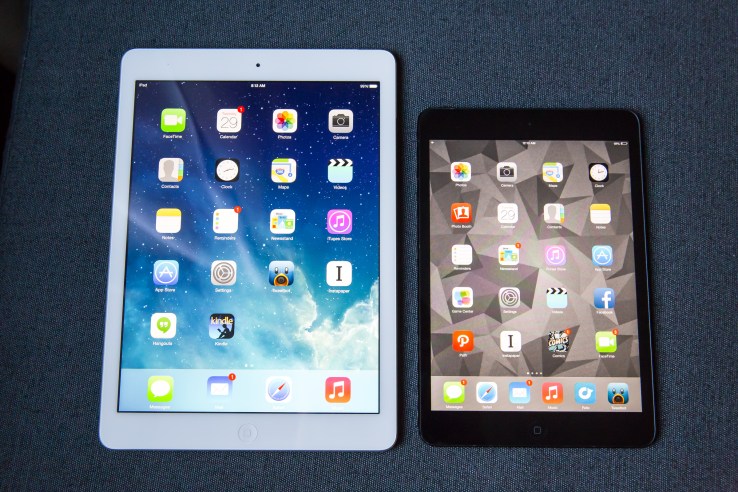
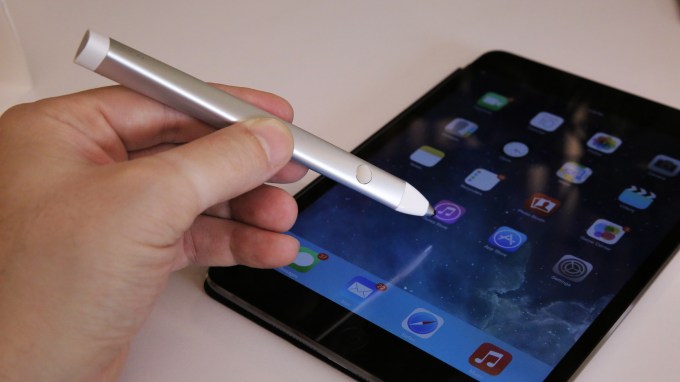 The challenge is that larger tablets threaten to quickly become unwieldy. But there’s recent evidence to suggest that larger screens on tablet devices might not be nearly as preposterous as they once were; the Surface Pro 3, for instance, has a 13-inch display and packs a full computer within, yet remains perfectly usable (if a tad heavy) as a tablet device.
The challenge is that larger tablets threaten to quickly become unwieldy. But there’s recent evidence to suggest that larger screens on tablet devices might not be nearly as preposterous as they once were; the Surface Pro 3, for instance, has a 13-inch display and packs a full computer within, yet remains perfectly usable (if a tad heavy) as a tablet device.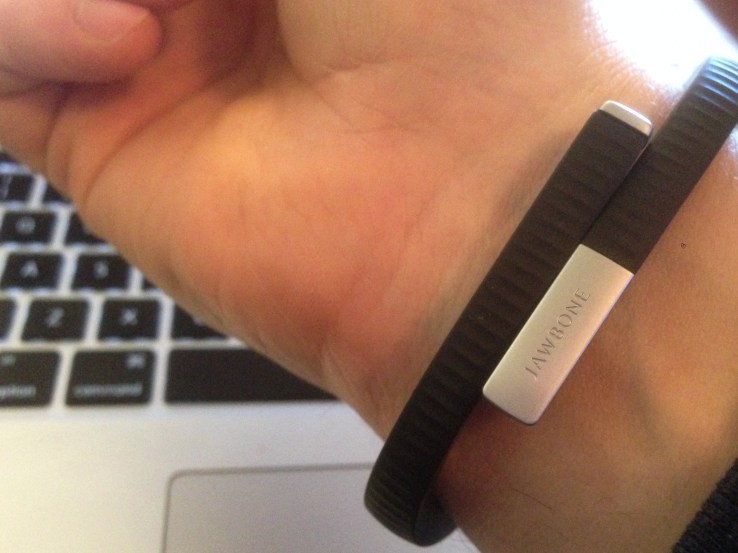
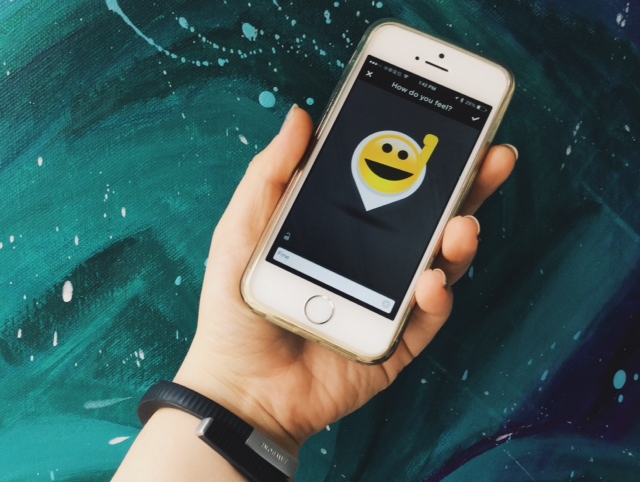 The people closest to the epicenter were also more likely to stay up longer after waking, per Jawbone – of those 15 miles or less from the epicenter, 45 percent stayed up the remainder of the night.
The people closest to the epicenter were also more likely to stay up longer after waking, per Jawbone – of those 15 miles or less from the epicenter, 45 percent stayed up the remainder of the night.